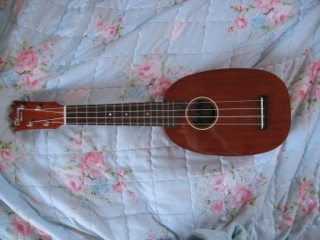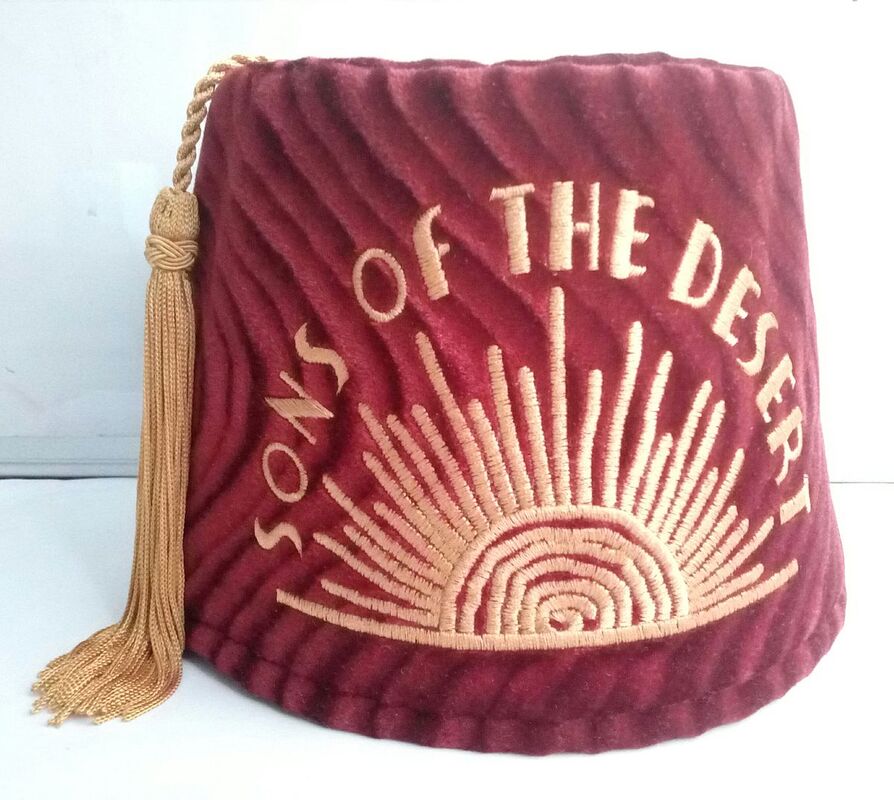
If you are in the ukulele world you could be interested in getting to know its close cousin: the Venezuelan cuatro. The cuatro is the traditional instrument of Venezuela. All Venezuelan traditional songs can be played with a cuatro, and all Venezuelan typical rhythms (joropo, corrio, pasaje, merengue, etc.) can be perfectly performed with a cuatro, due to its percussive sound.
The cuatro is the uke’s very close cousin because both have four strings and the same chord forms. If you know ukulele chords, then you already know the figures for the cuatro. The cuatro is tuned in D (a, d, f#, b), however, it has an important difference in this regard: the first and fourth strings are one octave lower than the uke. So, the higher string that the cuatro has is f#. It may seem strange for uke players to have the higher pitch string in the middle of the instrument and not on the outer strings.
This particular tuning of the cuatro, with the first and fourth strings one octave lower, gives the instrument a deeper sound, turning it into and a perfect soloist accompaniment. In the great majority of cases this instrument is used as an accompaniment for the human voice or for solo instruments like flute, oboe, trumpet, sax, etc. Even though there are some very talented cuatro performers that can play the instrument for soloist pieces, it is not its common use. Actually, it is a challenge for regular cuatro players to perform songs using it as a solo instrument.
There is a very important aspect of the cuatro that needs to be highlighted: the percussive capacity of this marvelous instrument. This is a huge difference with its cousin the ukulele. For the cuatro players, the right hand is very important. Training for strumming this instrument takes months or years. Cuatro players need to start practicing how to strum it with patience. It takes time to master the right hand’s movement, which includes different hits that need to be put together, in order to play different rhythms.
This instrument produces a percussive sound when combining regular and muted hits, while strumming. The player needs to master these mute hits, to produce this unique and engulfing cuatro sound. The first one would be the downward mute hit, which is the easiest to learn and play, and then the upward mute hit, which is definitely the most difficult one. This upward mute hit can be frustrating for beginners, because it is not easy to achieve immediately, it can take months to learn. The student needs to practice it every day for several weeks, and as time passes the player will be able to incorporate it in the different rhythms he or she would like to play.
Even though every cuatro player moves his right hand in a way that makes his or her strumming unique, we can highlight five different percussive patterns for cuatro strumming. The cuatro player needs to combine these percussive patterns, in order to produce different rhythms, and if the mute hits are played in tempo and correctly merged within the rhythm, the instrument will produce a harmonious, enchanting, and captivating sound.
These five hits are:
Downward hit: Strumming downwards with four fingers (excluding the thumb).
Upward hit: Strumming upwards with four fingers (excluding the thumb).
Rip hit: Downward movement that starts with the four fingers close together and as the hand moves downward, the four fingers open one by one while the wrist rotates.
Flower hit: Very fast downward and upward movement of the index finger on the strings.
Downward mute hit: The hand is closed, the wrist rotates fast and the strings get trapped with the external part of the thumb.
Upward mute hit: While doing the upward hit movement, the hand is placed so close to the strings that it can’t complete the upward strumming, but instead the fingers get caught up in the strings. The pinky finger separates a little bit from the other fingers, making a “final brake” getting trapped under the strings.
This list doesn’t end here, there are some more hits that advanced cuatro players use. It is important to highlight that each cuatro player has a free license to create his or her own hits and to combine them to create personal strumming patterns.
Another useful tool to enhance the rhythm is the ability to accent some hits that fall out of the beat. This produces a syncopated rhythm which creates a short unstable sensation that evokes the original rhythm. However, it has to be managed well, because it is a tool that can confuse an unfamiliar audience.
We can’t end this article without inviting you to watch and enjoy excellent cuatro performers, like the Grammy awarded group “C4 trio”, the cuatro master and teacher Cheo Hurtado, the immortal Hernan Gamboa, and the Venezuelan all-time favorite singer Simon Diaz, who used to accompany all his beautiful compositions with the cuatro.
To all the ukulele players and fans, some final words: Get to know this marvelous instrument, try to play it, see how friendly it is, and you will realize that the cuatro is more than a uke's cousin, it is its brother, with which you can entertain and delight your audience with new sounds.
To email Hugo with any and all cuatro inquiries you may have,please email him at
[email protected] and be sure to mention you saw his article in Flea Plucker!







 RSS Feed
RSS Feed